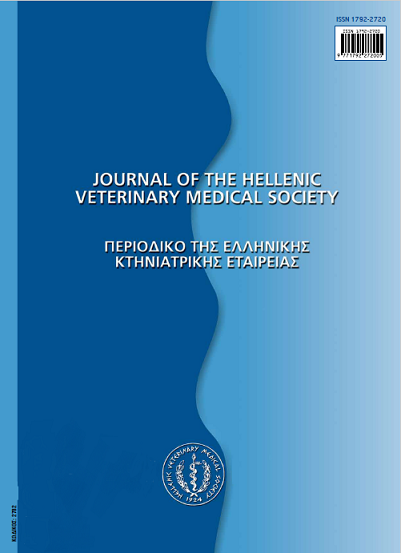Hyperthermia -a non-chemical control strategy against varroa

Abstract
Worldwide, the ectoparasitic mite varroa (Varroa destructor Anderson & Trueman) is potentially the main threatening parasite for Apis mellifera L. To find an alternative therapy for varroa and to limit the chemical residues in bee products, 27 bee colonies with their brood, were treated at 42°C for 12 to 480 minutes. All experimental colonies had 5-8 frames of brood and 10 frames of population (approximately 10.000 bees each colony). During the treatment the final temperature inside the hive varied from 42.3°C to 46.5°C. The effectiveness of hyperthermia to control the varroa population, depends on the duration of the therapy. When the time treatment was extended from 12 to 480 minutes, the falling mites ranged from 29.8% to 79.8%. A small number (4.7%) of dead mites was found in sealed brood after a 60-minute treatment, which gradually increased along with the treatment duration reaching 100% after 480 minutes. The use of the device irritated the bees but did not cause losses of honeybees, or excessive aggravation. Dead larvae inside sealed brood were observed when hyperthermia was applied for more than 120 minutes and increased along with the duration of heating. To our knowledge, in the presence of brood and adult bees, the hyperthermia method is used for the first time as alternative solution to limit the excessive use of chemical substances under field conditions. This method is proved to be most suitable for beekeepers with small amount of colonies.
Article Details
- How to Cite
-
GORAS (ΓΕΩΡΓΙΟΣ ΓΚΟΡΑΣ) G., TANANAKI (ΧΡΥΣΟΥΛΑ ΤΑΝΑΝΑΚΗ) C. H., GOUNARI (ΣΟΦΙΑ ΓΟΥΝΑΡΗ) S., DIMOU (ΜΑΡΙΑ ΔΗΜΟΥ) M., LAZARIDOU (ΕΛΙΣΑΒΕΤ ΛΑΖΑΡΙΔΟΥ) E., KARAZAFIRIS (ΕΜΜ. ΚΑΡΑΖΑΦΕΙΡΗΣ) E., KANELIS (ΔΗΜΗΤΡΙΟΣ ΚΑΝΕΛΗΣ) D., LIOLIOS (ΒΑΣΙΛΕΙΟΣ ΛΙΟΛΙΟΣ) V., F. EL TAJ, H., & THRASYVOULOU (ΑΝΔΡΕΑΣ ΘΡΑΣΥΒΟΥΛΟΥ) A. (2018). Hyperthermia -a non-chemical control strategy against varroa. Journal of the Hellenic Veterinary Medical Society, 66(4), 249–256. https://doi.org/10.12681/jhvms.15869
- Issue
- Vol. 66 No. 4 (2015)
- Section
- Research Articles

This work is licensed under a Creative Commons Attribution-NonCommercial 4.0 International License.
Authors who publish with this journal agree to the following terms:
· Authors retain copyright and grant the journal right of first publication with the work simultaneously licensed under a Creative Commons Attribution Non-Commercial License that allows others to share the work with an acknowledgement of the work's authorship and initial publication in this journal.
· Authors are able to enter into separate, additional contractual arrangements for the non-exclusive distribution of the journal's published version of the work (e.g. post it to an institutional repository or publish it in a book), with an acknowledgement of its initial publication in this journal.
· Authors are permitted and encouraged to post their work online (preferably in institutional repositories or on their website) prior to and during the submission process, as it can lead to productive exchanges, as well as earlier and greater citation of published work.


